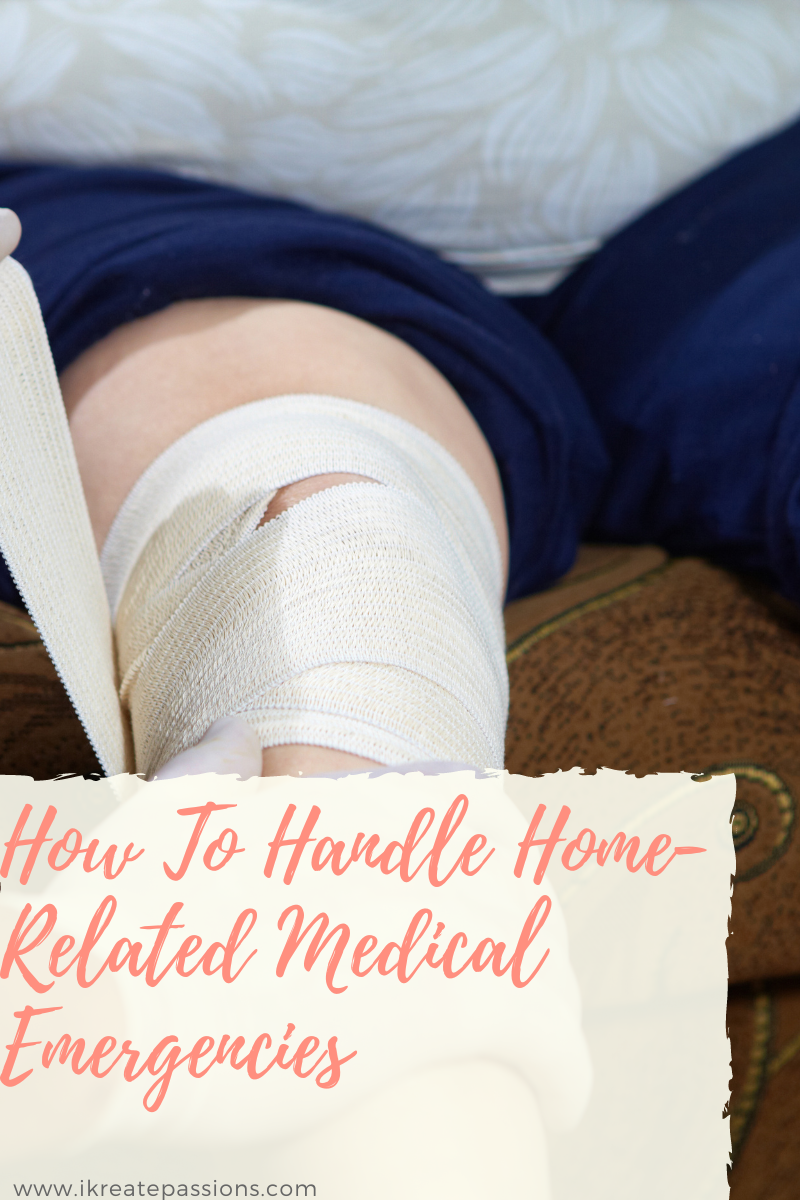Despite your best attempts to build a healthy family, medical emergencies can pop up at any time in your home, most of which happen without warning. Such emergencies are mostly life-threatening, which is why they need immediate intervention. The decisions you make from when a medical emergency occurs to when professional help arrives can help save a life. While different medical emergencies can occur at home, it’s important to know the common ones and prepare for them. Here are three common medical emergencies at home and how to handle them.
Burns and scalds
Burns happen when the skin comes into direct contact with heat. From hot fluids and fire to chemical substances, burns can occur in any part of the home. The effects of burns and scalds are pretty much the same, as you can experience painful blisters, reddening of the skin, or destruction of deeper skin tissues. You need to seek medical attention as quickly as possible when you experience a serious burn, but there are some first aid treatments you can use before then. First, avoid handling the affected area without applying moisturizing lotion on it. Also, do not touch the blisters, and remove the burned clothing. In case of a mild burn, you can run the affected area under cool water for about fifteen minutes and apply a moisturizer or Vaseline.
Bleeding
Bleeding can occur on any part of your body with a cut or a wound. However, bleeding can also occur internally, and it’s easy to miss that one. Not every accident that leads to bleeding can be considered a medical emergency, as you can use simple first aid tips at home or visit a pharmacist. However, if you experience bleeding that you cannot control or stop, you must go to the hospital immediately. Also, if you notice an exposed bone or see any object within the wound, you must seek emergency treatment. You’ll need urgent medical attention if the bleeding is followed by dizziness, loss of consciousness, or a pale appearance.
Additionally, the location of the cut or wound will determine what type of medical expect to see, so keep this in mind. For example, if you experience excessive gum bleeding, you should see a local dentist.
Heart attack
Heart attacks are more common than you may think. While they may be common among the aging population, more and more younger people are becoming fatal victims. The most important symptom of a heart attack is discomfort or pain in the chest area. A person can also experience shoulder, jaw, or neck pain. You may also experience sweating, shortness of breath, stomach discomfort, dizziness, and tiredness.
Experts say survival is high when you receive treatment within 90 minutes after having a heart attack. So, it’s important not to ignore the symptoms when they occur. Also, it would be best if you started learning some life-saving first-aid treatments you can use before professional help arrives. That can easily increase your chances of survival.


